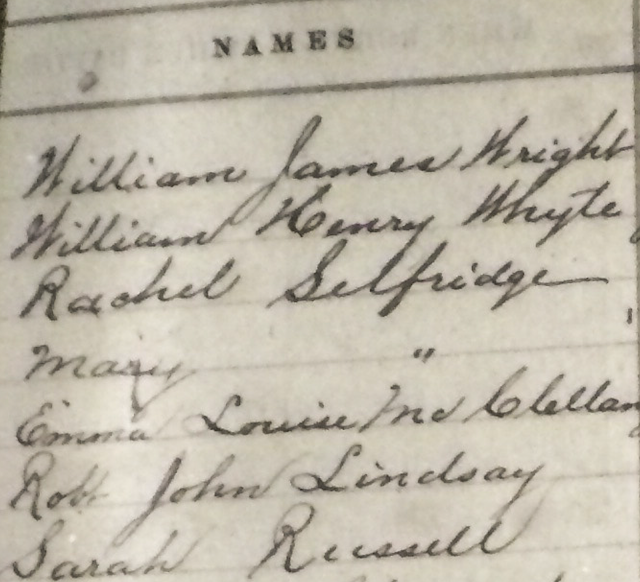Genealogical research can seem tedious and time consuming and it often is exactly that. But we are presently going through a life changing technological revolution that is fundamentally changing the way we do our work. It can now be truthfully said that smart technology can jump-start your genealogical research.
Using the new "smart" technology is a lot more involved than merely searching on the Internet or using a word processing program on your computer. Some of the technological springboards available right now include the following:
- Automated record hint capabilities that find suggested original sources
- Online document storage and organization programs
- Source citation programs that automatically format your citations and create bibliographies
- News aggregator programs that keep you informed of posts to blogs and other websites
- Billions of digitized source documents in thousands of archive websites
- Comprehensive mapping and gazetteer programs that open windows into historical locations
- Huge online geographic names databases
- A multitude of devices from digital cameras to smartphones, tablets and other computer devices can take images of documents for research and store them or share them with your other devices.
I am going to start with something very basic: digitizing our paper records. The advantages of having digital copies of our paper records may not seem evident to those who are not "connected" in the current sense of the word.
Smartphone cameras are quickly becoming ubiquitous. But what may not be obvious is that the same smartphone or cell phone camera you use to take snapshots of family members and family gatherings, can be used to gather highly readable copies of documents you find as you do research or already have in paper files. Here is an example of a photo of a page from a parish register I took from a microfilm reader:
This was taken with my 8 Megapixel iPhone camera. There is a "hot spot" where the reader's light was reflected from the surface of the old style reader, but the image is highly readable and useful. Here is a magnified section of the image:
Although the image would not be considered to be "archive quality," it is readable and very useful. I could get better images with a better camera, but the iPhone camera was the one I had with me when I was doing research in the Family History Library in Salt Lake City, Utah. We may find ourselves in a situation where we find genealogically interesting documents or records, such as a chance visit to a cemetery or archive, and we can use this new technology to take photos on the spur of the moment.
Now, let's extend this technology a lot further. Once I have an image in my smartphone, I can immediately share it with relatives or upload it online. For example, Ancestry.com has its Shoebox app. Here is a description of the app from Ancestry:
Shoebox turns your iPhone or Android into a high-quality photo scanner. With Shoebox, you can quickly scan paper photos, add important historical information like dates and places, and upload directly to your Ancestry.com family tree.You can also edit the photo and its description:
Editing dates, places, tags, and captions is easy. After you’ve cropped a photo, you will be taken to a “Edit details” page. Use the icons at the bottom to tag family members, date your photo, add a location, and write your own description.You can also do many of the same things with the FamilySearch.org Memories App. Here is a description of the features of the Memories app:
- Store memories for free forever, deep within the FamilySearch vaults.
- Pick up where you left off on any device since the app automatically syncs to FamilySearch.org.
- Take family memories wherever you go—the app works even without Internet access.
- Snap photos of any family moment, such as recitals, dates, graduations, reunions, and memorials, and add them to your family tree.
- Use the app to take photos of old photos and documents too!
- Use the app to interview family members and record audio details of their life stories and favorite memories.
- Write family stories, jokes, and sayings with the keyboard, or use the mic key to record what you say.
- Enrich written stories by adding descriptive photos.
- Identify relatives in photos, stories, and recordings to add those memories automatically to their collection in Family Tree.
There are several other such convenient programs that can add this functionality to your smartphone.
Stay tuned for the next installment in this series.








No comments:
Post a Comment